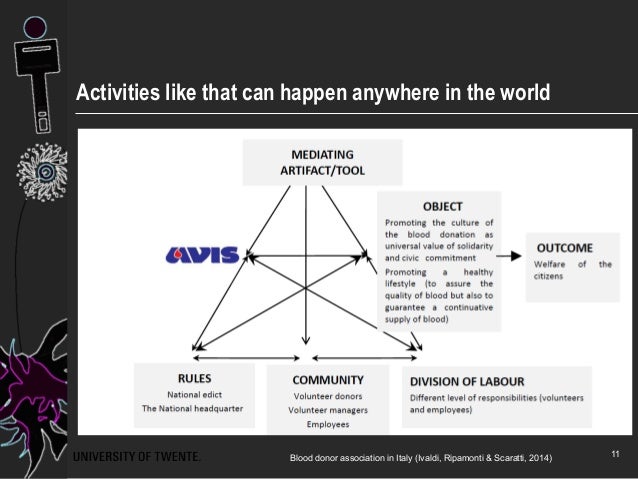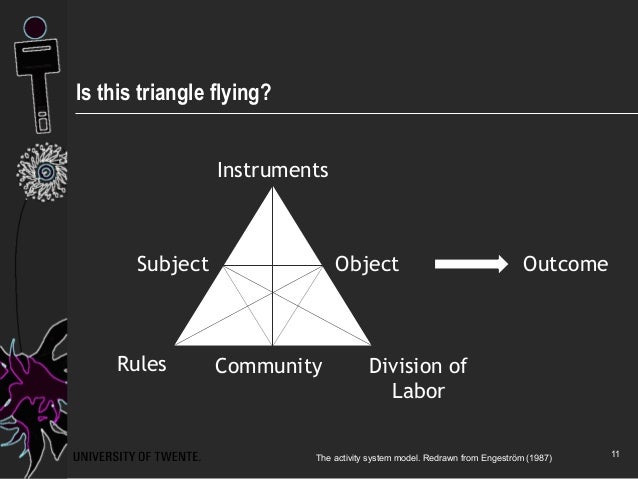Triangle Grounding
Have you ever wondered about the importance of grounding systems in electrical circuits? Specifically, have you heard about triangle grounding and its significance in ensuring electrical safety? In this blog post, we will explore the topic of triangle grounding and shed light on why it is crucial for electrical safety.
Pain Points of Triangle Grounding
Electrical safety is a major concern for anyone dealing with electrical circuits. Without proper grounding, there is a significant risk of electrical shock, equipment damage, and even fires. Triangle grounding is especially important in locations such as power plants, high voltage transmission lines, and heavy machinery sites where the risk of electrical faults and surges is high.
The Target of Triangle Grounding
The primary target of triangle grounding is to establish a safe and low-impedance path for current to flow in the event of a fault. When a fault occurs, the grounding system provides a safe path for the current to travel and trip the protective devices, preventing injury or damage. Triangle grounding, specifically, involves three grounding points that form a triangle to provide the safest and most efficient grounding path.
Summary of Important Points
Triangle grounding is a crucial aspect of electrical safety, especially in high-risk locations. Its primary target is to establish a low-impedance path for current in the event of a fault, which is achieved through the use of three grounding points forming a triangle. By using triangle grounding, the risk of electrical shock, equipment damage, and fires can be significantly reduced.
The Significance of Triangle Grounding - A Personal Experience
As an electrical engineer, I have seen firsthand the importance of triangle grounding in ensuring electrical safety. In one instance, I was working on a project involving heavy machinery that required a reliable grounding system. We opted for the triangle grounding method, which proved effective in providing a low-impedance ground path and mitigating voltage surges. This experience highlights the significance of triangle grounding in ensuring electrical safety in high-risk environments.

Benefits of Triangle Grounding
In addition to ensuring electrical safety, triangle grounding offers numerous benefits such as improved system performance, reduced downtime, and increased reliability. It can also improve the efficiency of protective devices by providing a low-impedance ground path, which in turn helps prevent overloading and equipment damage. These benefits make triangle grounding a valuable technique in promoting overall system safety and performance.
Triangle Grounding vs. Other Grounding Methods
While there are different methods of grounding, triangle grounding offers several advantages over other techniques. For instance, it provides better system performance by offering a low-impedance path for current flow, reduces the risk of equipment damage, and offers improved reliability. Moreover, it can be customized to different environments, including high-risk locations such as power plants and heavy machinery sites.
Implementing Triangle Grounding
Implementing triangle grounding requires careful planning and attention to detail. The grounding points must be evenly spaced to form an equilateral triangle, and the grounding conductors must have the appropriate size and material. It is also important to test the grounding system to ensure that it provides a low-impedance path for current flow. By working with an experienced electrical engineer, companies can ensure that their triangle grounding system is designed and implemented to the highest standards of safety and performance.
Question and Answer
Q: Can triangle grounding be used for low voltage systems?
A: Yes, triangle grounding can be used for both high and low voltage systems as long as it is implemented correctly.
Q: What are some common mistakes to avoid when implementing a triangle grounding system?
A: Common mistakes to avoid when implementing triangle grounding include using an incorrect grounding conductor size, unevenly spaced grounding points, and inadequate testing of the system.
Q: Can triangle grounding be used in outdoor environments?
A: Yes, triangle grounding can be used in outdoor environments. However, additional considerations such as corrosion protection and current carrying capacity may need to be taken into account.
Q: How does triangle grounding help prevent equipment damage?
A: Triangle grounding provides a low-impedance path for current flow, which helps prevent equipment damage by allowing the protective devices to trip quickly in the event of a fault.
Conclusion of Triangle Grounding
Triangle grounding is a crucial aspect of electrical safety, offering numerous benefits such as improved system performance, reduced downtime, and increased reliability. By establishing a safe and low-impedance path for current flow, triangle grounding helps prevent electrical shocks, equipment damage, and fires in high-risk environments. As such, it is essential that companies work with experienced electrical engineers to design and implement triangle grounding systems to the highest standards of safety and performance.
Gallery
Grounding The Flying Triangle: Activity Theory And The Production Of

Photo Credit by: bing.com / grounding
GROUNDING FOR EARTHING SYSTEM – ABRE SINGAPORE
Photo Credit by: bing.com / earthing grounding system type earth arrangement types systems electrodes singapore horizontal conductor installed abre foundation vertical lightning which mainly environment
The Earthing Circuit - The Device, Calculation And Installation Of
Photo Credit by: bing.com / grounding earthing calculation
Dig Triangle Soil For Grounding System Stock Image - Image Of Protect

Photo Credit by: bing.com / grounding soil telephone
Grounding The Flying Triangle: Activity Theory And The Production Of

Photo Credit by: bing.com / grounding
0 Response to "Triangle Grounding"
Post a Comment